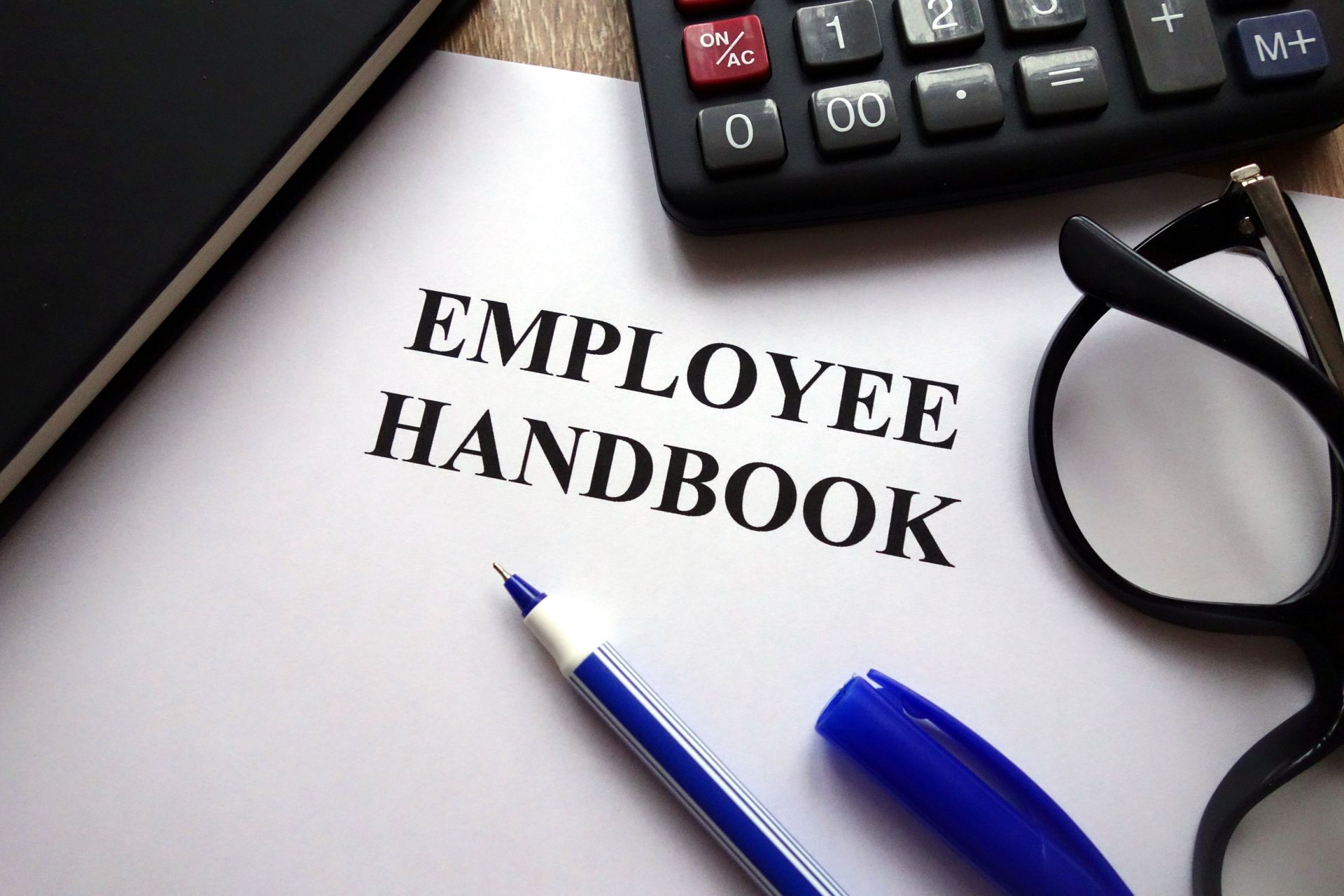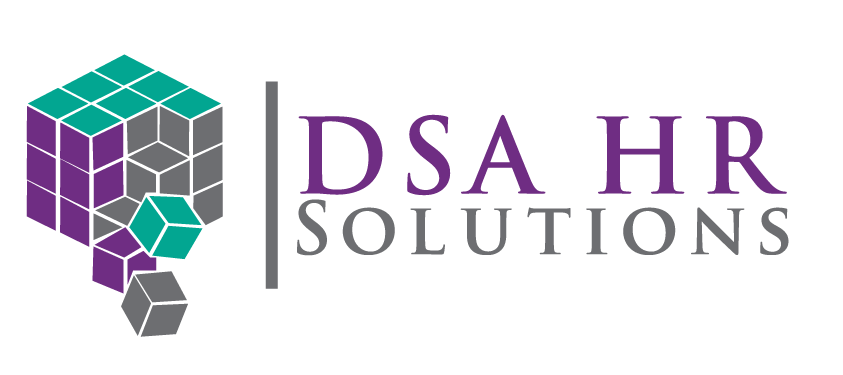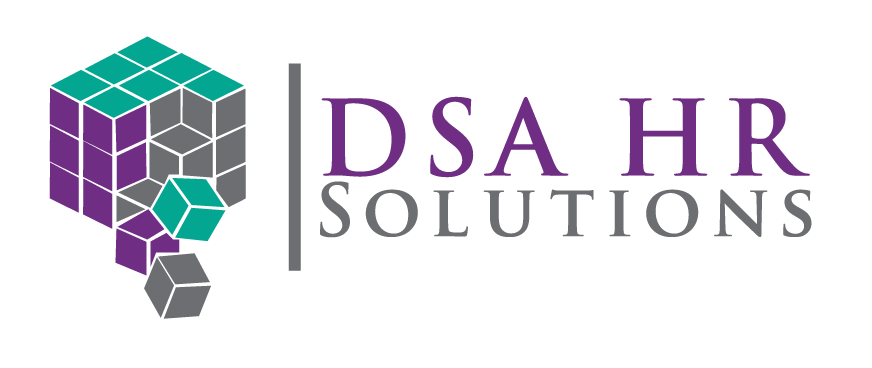Top 10 Employee Handbook Mistakes That Can Cost Your Business
The employee handbook is mostly treated as a formality. But, it matters more than you think. This is your internal rulebook, legal shield, cultural compass, and operational playbook all in one. But far too often, it’s downloaded, barely updated, skimmed during onboarding, and forgotten until something goes wrong.
What’s the problem? When your handbook fails to reflect how your business actually works, or misses (even the smallest) critical legal elements, it can actively work against you. And that can cost you hundreds to thousands of dollars in fines.
Here are the most common mistakes you might be making right now, and what to do instead to protect your business.

1. Using a downloaded, generic employee handbook template
It’s tempting to grab a free handbook template online and be done with it. But what you save in time now, you’ll pay for later in legal fees or employee disputes. Generic templates are not at all built for your policies, values, state laws, or workflows. Most templates are too vague or too broad.
If your actual practices don’t line up with what’s written, you may have no defense if you’re challenged. Worse, employees may rely on inaccurate information, or ignore the handbook entirely because it feels irrelevant or robotic.
Here’s an example: You copy a free handbook online. It mentions machine use and clock-in times, but you run a hybrid creative team. Now new hires are confused about what rules even apply to them.
What to do instead: You can start with a template if needed, but build it around how your team
actually works. DSA HR Solutions helps businesses translate day-to-day operations into clear, enforceable policy language.
2. It doesn’t comply with state law
Many handbooks focus solely on federal law, but your city or state might have stricter rules on paid sick leave, meal breaks, or discrimination protections. Non-compliance is a liability.
Example: You roll out a one-size-fits-all handbook across multiple locations. But your California team doesn’t see their required paid sick leave outlined, and flags it. Now you're rushing to update documents midyear.
The better practice: Ensure your policies reflect every jurisdiction where you operate. If you're not sure where to start, this is exactly where HR compliance firms like DSA HR Solutions step in, to help translate local laws into enforceable policies.
3. Vague or inconsistent language
Words like “may,” “usually,” or “as needed” sound flexible, yes. But they create ambiguity that can backfire. Inconsistency opens the door to discrimination claims or undermines your ability to enforce rules fairly.
Example: You write “disciplinary action may be taken when appropriate.” Then one employee is let go for repeated lateness… while another is only warned. Suddenly, your team’s asking why the rules apply to some but not others.
The best practice:
Define consequences clearly. Flexibility should exist in your
management, not your
language.
4. Outdated policies that no longer serves the business
Companies like yours evolve. Handbooks often don’t. If your document doesn’t cover remote work expectations, Slack etiquette, or cyber safety protocols, it’s out of touch, and potentially dangerous.
Example: You still list how to submit a PTO request form… but your team now uses Slack and Google Sheets. Meanwhile, there’s no mention of cybersecurity, home-office expectations, or reimbursement policies. That gap creates confusion and risk.
The best practice: Revisit your handbook at least once a year, especially after operational shifts. If you're growing or restructuring, it’s worth having someone like DSA HR Solutions audit for alignment and accuracy- we can supply a company-specific checklist of what you should be reviewing.
5. No signed acknowledgment page
You can’t enforce what you can’t prove. If there’s no signed acknowledgment that your employee received the handbook, it’s your word against theirs.
Example: You onboard a new hire without collecting the signature. Months later, they file a complaint claiming they were never told about your discipline policy. And legally, you have no proof otherwise.
The best practice: Always require signed (or digitally confirmed) acknowledgments and file them with your HR records.
6. Overpromising raises, promotions, or perks
Even small phrases can lock you into legal obligations. Saying things like “employees will receive raises yearly” or “bonuses are guaranteed” creates unintended contracts. It sounds harmless now, but it really does make a difference legally.
If business needs shift, you could be on the hook for promises you no longer can, or want, to keep. For these cases, it’s best to use language like “may be eligible” or “subject to business performance.”
7. Missing policies on technology and social media
Remote work, personal devices, and online presence all affect company reputation and data safety. But many handbooks don’t address social media, BYOD (bring your own device), or even communication behavior. If your team is hybrid, fully remote, or even just device-heavy, you need to set clear expectations for how people use tech at work, and even how they represent your brand online.
Example: You notice a team member posting controversial content on social media, while listing your company name in their bio. But because your handbook never covered social media conduct, you don’t have a clear policy to reference.
The best practice: Include clear tech,
remote work, and social conduct policies, and make sure they’re reviewed with IT and legal.
8. No defined disciplinary process
Without a clear, documented disciplinary process, enforcement can appear biased or arbitrary, even if it isn’t. And that opens the door to morale issues, mistrust, or worse, legal action.
Example: You terminate an employee after three written warnings. Another team member, with similar issues, only gets verbal feedback. Now the question is: what’s the actual process?
The best practice: Map out a tiered approach (verbal > written > final notice > termination) and stick to it. A partner like DSA HR Solutions can help standardize this across departments.
9. Not defining at-will employment clearly
If you operate in an at-will state, but your handbook includes language like “you will only be terminated for cause,” it can be misinterpreted as a contract, exposing you to breach of agreement claims.
Example: You thought including “at-will” language in one section was enough, but elsewhere, you used phrasing that made it sound like employees could only be fired after multiple reviews.
The best practice: Include a strong, plain-language at-will disclaimer up front, and avoid phrasing that contradicts it elsewhere.
10. No legal or HR review before publishing
Internal HR or ops teams can miss legal blind spots, especially when juggling multiple roles. What worked a year ago may now violate new legislation.
Example: You update your own handbook and push it live. Weeks later, you realize it missed new California rules around reproductive health protections and required bereavement leave.
The best practice:
Before rolling out any handbook, have it reviewed by an employment law expert or a compliance team like
DSA HR Solutions. It’s a small investment that can prevent six-figure mistakes.
Conclusion
A great employee handbook is far more than just a formality. It helps your team understand expectations. It protects you from risk. And it lays the groundwork for a workplace built on clarity, consistency, and trust. If your handbook hasn’t been reviewed recently, or if you’ve grown, gone remote, or expanded into new markets, it’s very worth taking another look. Sometimes, the smartest move you can make as a business owner is asking for help from people who live and breathe this stuff every day. Like us!
If you need help making sure your handbook protects your business,
DSA HR Solutions
supports organizations across California with policy development, compliance audits, and tailored HR consulting that meets your workforce where it is today.
Author
We are a team of certified
HR experts based out of the San Francisco
Bay Area that provides
HR consulting services to businesses nationwide.





